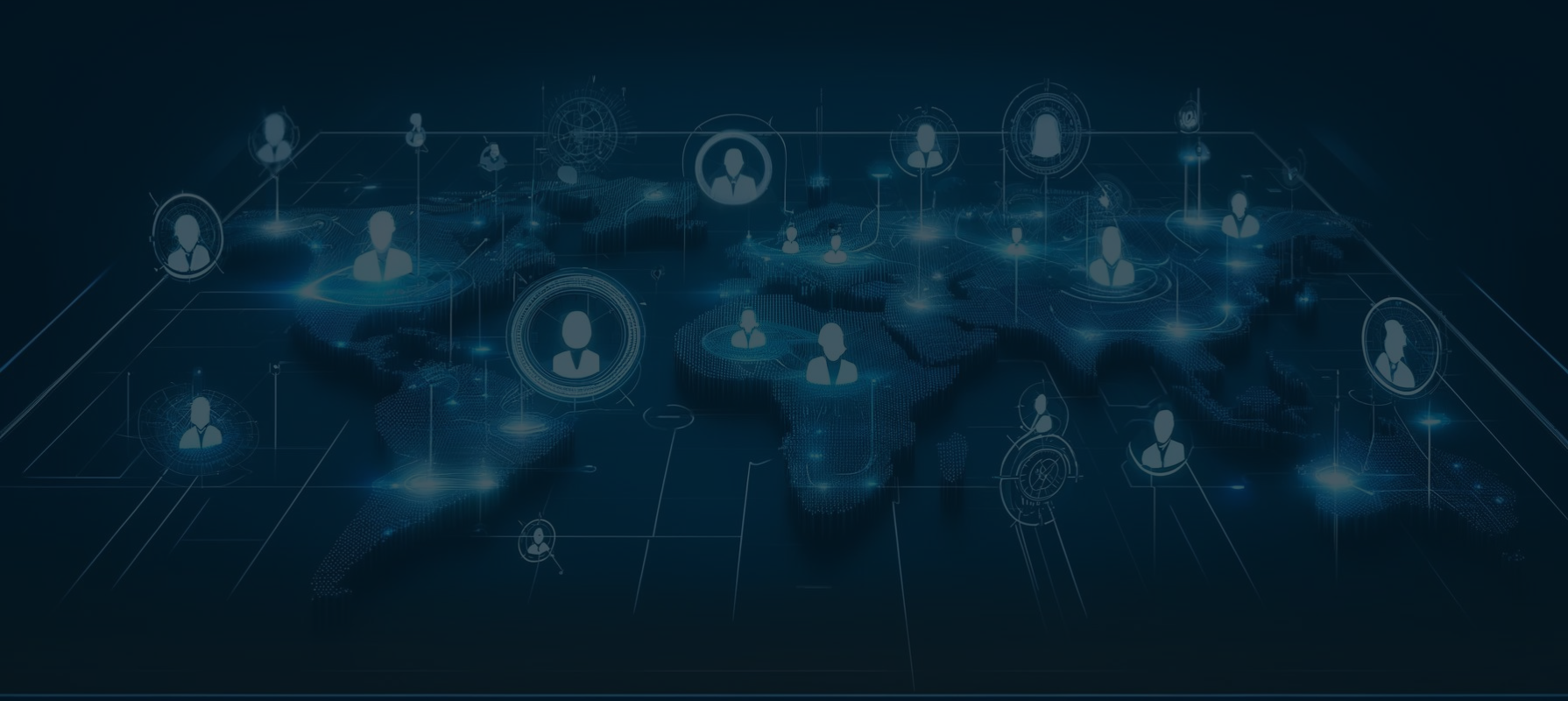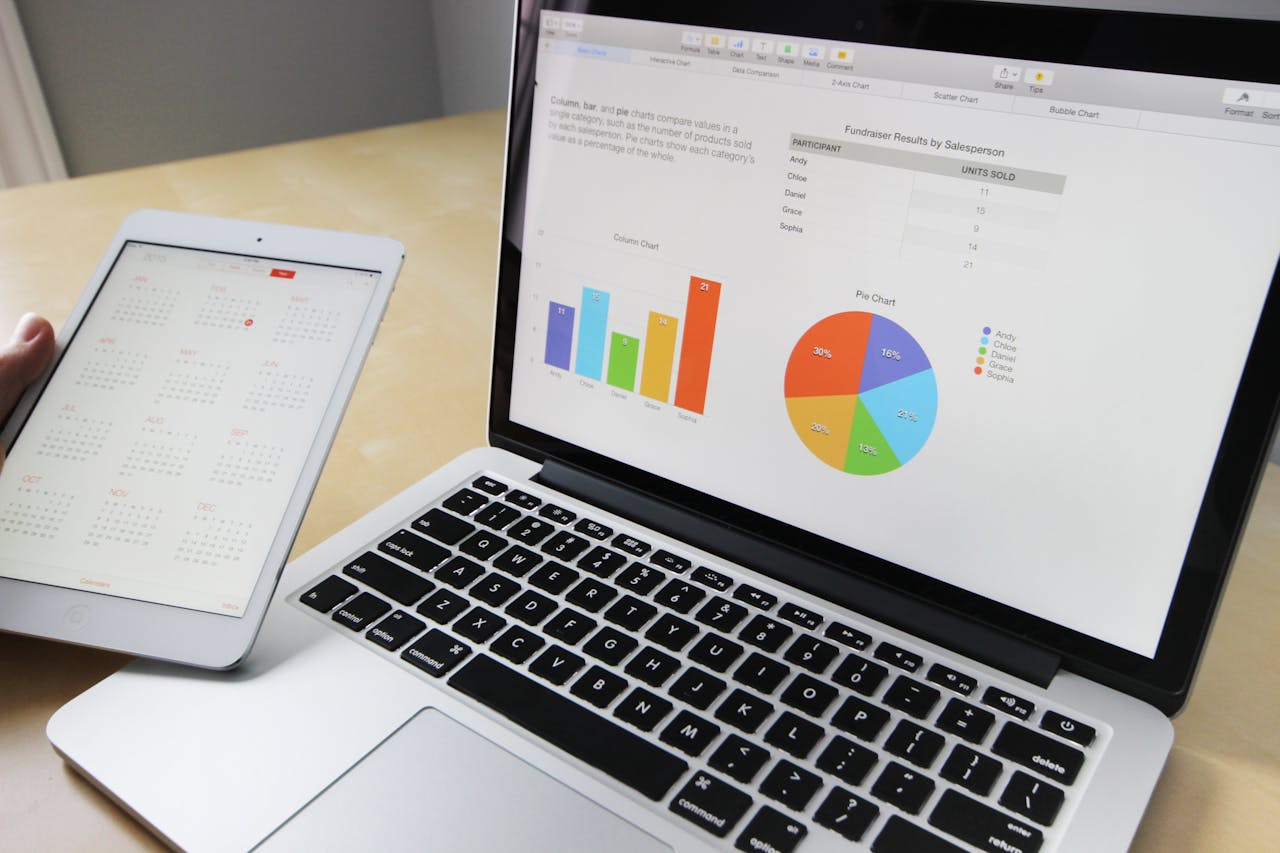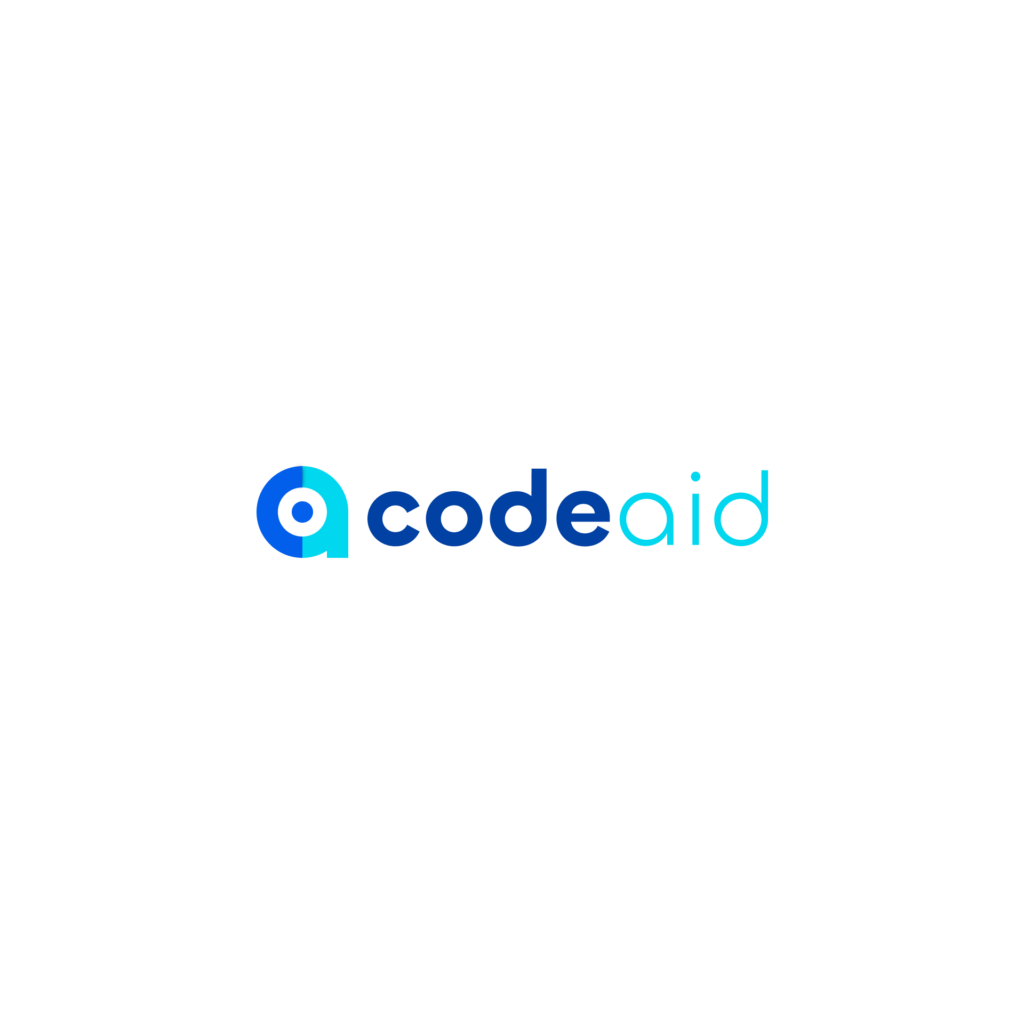In today’s data-driven world, businesses are increasingly relying on analytics to make informed decisions and improve their operations. Human Resources (HR) is no exception to this trend. The field of HR analytics has gained significant traction as organizations recognize the value of leveraging data to optimize their workforce and drive business success. But what is Human Resources analytics, and how can it transform the way companies manage their employees? This article explains the concept, its benefits, key metrics, and practical applications.
What is HR Analytics?
HR analytics, also known as people analytics or workforce analytics, involves the systematic collection, analysis, and interpretation of employee data to inform HR decisions and strategies. It goes beyond traditional HR metrics, such as turnover rates and headcount, to provide deeper insights into workforce dynamics and organizational performance.
By applying statistical methods and advanced technologies, HR analytics enables organizations to identify patterns, predict trends, and make data-driven decisions. This approach helps HR professionals understand the factors influencing employee behavior, performance, and engagement, ultimately leading to more effective HR practices and improved business outcomes.
The Benefits
Implementing HR analytics offers numerous benefits for organizations:
1. Improved Recruitment and Talent Management: HR analytics can enhance recruitment processes by identifying the most effective sources of talent, predicting candidate success, and reducing time-to-hire. By analyzing historical data, HR teams can develop more targeted recruitment strategies, leading to better hiring outcomes.
2. Enhanced Employee Retention: Understanding the factors that contribute to employee turnover is crucial for retention. HR analytics can identify patterns and trends related to attrition, enabling organizations to develop proactive retention strategies. This might include improving onboarding processes, offering career development opportunities, or addressing workplace culture issues.
3. Increased Employee Engagement: Engaged employees are more productive and committed to their organization. HR analytics can assess engagement levels and pinpoint areas for improvement. By measuring factors such as job satisfaction, work-life balance, and recognition, HR can implement initiatives that boost engagement and foster a positive work environment.
4. Data-Driven Performance Management: Performance management is a critical aspect of HR. Analytics provides insights into employee performance by analyzing key metrics such as productivity, goal achievement, and competency development. This data-driven approach allows HR to identify high performers, address performance gaps, and design personalized development plans.
5. Strategic Workforce Planning: Effective workforce planning ensures that the organization has the right talent in the right roles at the right time. Human Resources analytics supports strategic workforce planning by forecasting future talent needs, identifying skill gaps, and assessing the impact of workforce changes on business objectives.
6. Cost Optimization: By analyzing HR-related costs, such as recruitment, training, and employee benefits, HR analytics helps organizations optimize their HR budgets. This can lead to cost savings and more efficient allocation of resources.
Key Metrics in HR Analytics
To fully harness the power of Human Resources analytics, it’s essential to focus on key metrics that provide valuable insights into the workforce. Some of the most important HR analytics metrics include:
1. Turnover Rate: This metric measures the rate at which employees leave the organization. Analyzing turnover data helps identify the causes of attrition and develop strategies to improve retention.
2. Time-to-Hire: Time-to-hire tracks the average time taken to fill a vacant position. Reducing time-to-hire can lead to significant cost savings and a more efficient recruitment process.
3. Employee Engagement Score: Employee engagement scores provide insights into how committed and motivated employees are. High engagement levels are typically associated with better performance and lower turnover rates.
4. Absenteeism Rate: This metric measures the frequency and duration of employee absences. High absenteeism rates can indicate issues such as workplace dissatisfaction, health problems, or inadequate management practices.
5. Training and Development ROI: Evaluating the return on investment (ROI) for training and development programs helps determine their effectiveness. HR analytics can assess how training initiatives impact employee performance and organizational goals.
6. Diversity and Inclusion Metrics: Diversity and inclusion metrics track the representation of different demographic groups within the organization. These metrics are crucial for promoting a diverse and inclusive workplace culture.
7. Performance Metrics: Performance metrics, such as productivity, goal achievement, and competency development, provide insights into individual and team performance. Analyzing these metrics helps HR identify high performers and address performance gaps.
Practical Applications of HR Analytics
HR analytics can be applied in various areas to improve HR practices and organizational outcomes. Here are some practical applications of Human Resources analytics:
1. Recruitment and Hiring: HR analytics can streamline the recruitment process by identifying the most effective sources of talent, predicting candidate success, and reducing time-to-hire. For example, predictive analytics can help HR teams identify candidates with the highest likelihood of success based on historical data. Tools like Teamtailor leverate native analytics features.
2. Employee Retention: By analyzing factors that contribute to employee turnover, HR analytics can help organizations develop proactive retention strategies. This might include improving onboarding processes, offering career development opportunities, or addressing workplace culture issues.
3. Performance Management: HR analytics can provide insights into employee performance, helping organizations identify high performers, address performance gaps, and design personalized development plans. For example, performance metrics can be used to track productivity, goal achievement, and competency development.
4. Employee Engagement: HR analytics can assess employee engagement levels and pinpoint areas for improvement. By measuring factors such as job satisfaction, work-life balance, and recognition, HR can implement initiatives that boost engagement and foster a positive work environment.
5. Workforce Planning: Effective workforce planning ensures that the organization has the right talent in the right roles at the right time. HR analytics supports strategic workforce planning by forecasting future talent needs, identifying skill gaps, and assessing the impact of workforce changes on business objectives.
6. Compensation and Benefits: HR analytics can help organizations design competitive compensation and benefits packages by analyzing market trends, employee preferences, and organizational budgets. This ensures that compensation and benefits are aligned with employee expectations and organizational goals.
7. Training and Development: HR analytics can evaluate the effectiveness of training and development programs by assessing their impact on employee performance and organizational goals. This helps organizations identify which programs are most beneficial and where improvements are needed.
8. Diversity and Inclusion: Human Resources analytics can track diversity and inclusion metrics, helping organizations promote a diverse and inclusive workplace culture. By analyzing demographic data, HR can identify areas for improvement and develop targeted initiatives to enhance diversity and inclusion.
Data Analytics in HR: The Future of Workforce Management
The integration of data analytics in HR is revolutionizing the way organizations manage their workforce. By leveraging data analytics, HR professionals can make more informed decisions, improve HR practices, and drive better business outcomes. Here are some ways data analytics in HR is shaping the future of workforce management:
1. Predictive Analytics: Predictive analytics uses historical data to predict future trends and outcomes. In HR, predictive analytics can be used to forecast turnover rates, identify potential high performers, and anticipate future talent needs. This enables organizations to take proactive measures and make strategic decisions.
2. Machine Learning: Machine learning algorithms can analyze vast amounts of data to identify patterns and trends. In HR, machine learning can be used to automate tasks such as resume screening, performance evaluation, and employee sentiment analysis. This enhances efficiency and accuracy in HR processes.
3. Employee Sentiment Analysis: Employee sentiment analysis uses natural language processing (NLP) to analyze employee feedback and gauge sentiment. This helps organizations understand employee morale, identify areas of concern, and take corrective actions to improve the work environment.
4. Real-Time Analytics: Real-time analytics provides up-to-date insights into workforce dynamics, enabling organizations to respond quickly to changes and make timely decisions. For example, real-time analytics can be used to monitor employee engagement levels, track absenteeism, and assess the effectiveness of HR initiatives.
5. Integration with Other Business Functions: Data analytics in HR can be integrated with other business functions, such as finance, marketing, and operations. This holistic approach provides a comprehensive view of organizational performance and enables cross-functional collaboration to achieve business goals.
Conclusion
Human Resources analytics is a powerful tool that enables organizations to leverage data to optimize their workforce and drive business success. By understanding what HR analytics is and how it can be applied, organizations can make more informed decisions, improve HR practices, and achieve better business outcomes. As data analytics in HR continues to evolve, it will play an increasingly important role in shaping the future of workforce management.
Embracing HR analytics can lead to improved recruitment and talent management, enhanced employee retention, increased employee engagement, data-driven performance management, strategic workforce planning, and cost optimization. By focusing on key metrics and leveraging advanced technologies, organizations can unlock the full potential of their workforce and stay competitive in today’s dynamic business environment.






Leave a Reply